Community Report: Closing the Year that Made Nexus Real
2025 was transformational for Nexus. This is our LAST community report of the year! The past year, Nexus has turned

In the span of just a few years, Nexus has evolved from an ambitious prototype to a globally recognized effort to transform how computation works at its core.
This post is a chronological look at the milestones that shaped our journey, the breakthroughs that defined our trajectory, and the vision that continues to guide us.
Nexus was founded by Daniel Marin in his Stanford dorm room with a simple but radical proposition: What if the internet could compute with cryptographic truth instead of assumed trust?
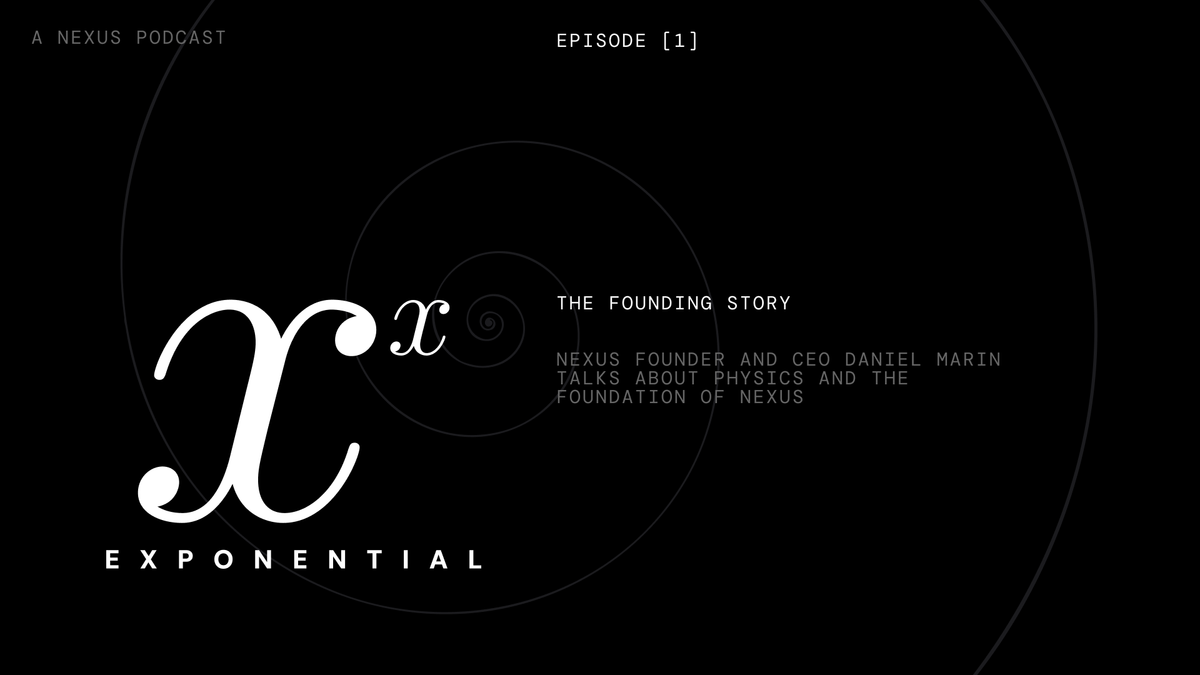
In late 2022, Nexus received its seed funding in a round led by Dragonfly. That support allowed us to begin formalizing our approach to verifiable computation and building the core of what would become the Nexus zkVM — a zero-knowledge virtual machine purpose-built for the era of provable infrastructure.
In January 2023, we published the original Nexus 1.0 Whitepaper, outlining a global network of verifiable compute powered by zero-knowledge proofs. This was more than a vision statement — it served as the technical blueprint for the infrastructure we would spend the next two years building.
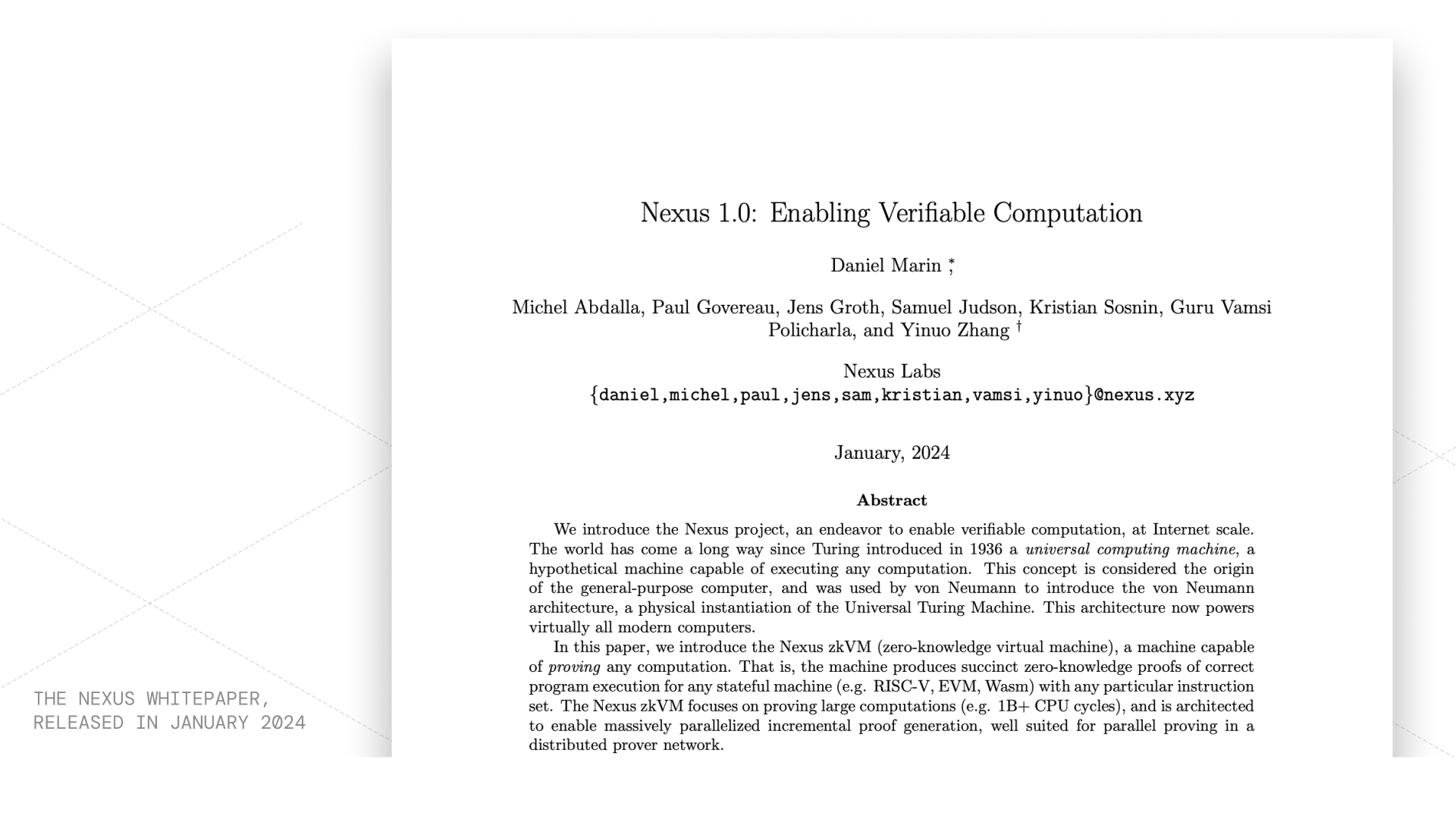
By September, we released zkVM 0.0, a functioning prototype that could run basic programs and produce verifiable outputs. It was modest — operating at just 1 Hz — but it was real. It proved that verifiable compute could be made practical, and it became the foundation for everything that followed.
April marked a pivotal moment for the project. At ETH Denver, we publicly unveiled the Nexus zkVM for the first time. Our goal was to demonstrate not just performance, but principle: computation that could be independently verified, from the core machine to the final output.
“With the zkVM, we’re not just making programs faster—we’re making them verifiable. This changes how trust works online.”
— Daniel Marin, Founder and CEO
In June, Nexus Founder Daniel Marin and Chief Scientist Jens Groth offered a deeper look into the architecture and theory behind the zkVM. Their joint presentation outlined how the system transforms any program into a cryptographic proof of its own correctness, setting the stage for what we called the Verifiable Internet.
That same month, we announced our Series A funding round, led by Lightspeed and Pantera. This milestone marked a transition: from research to infrastructure, from theory to scale.
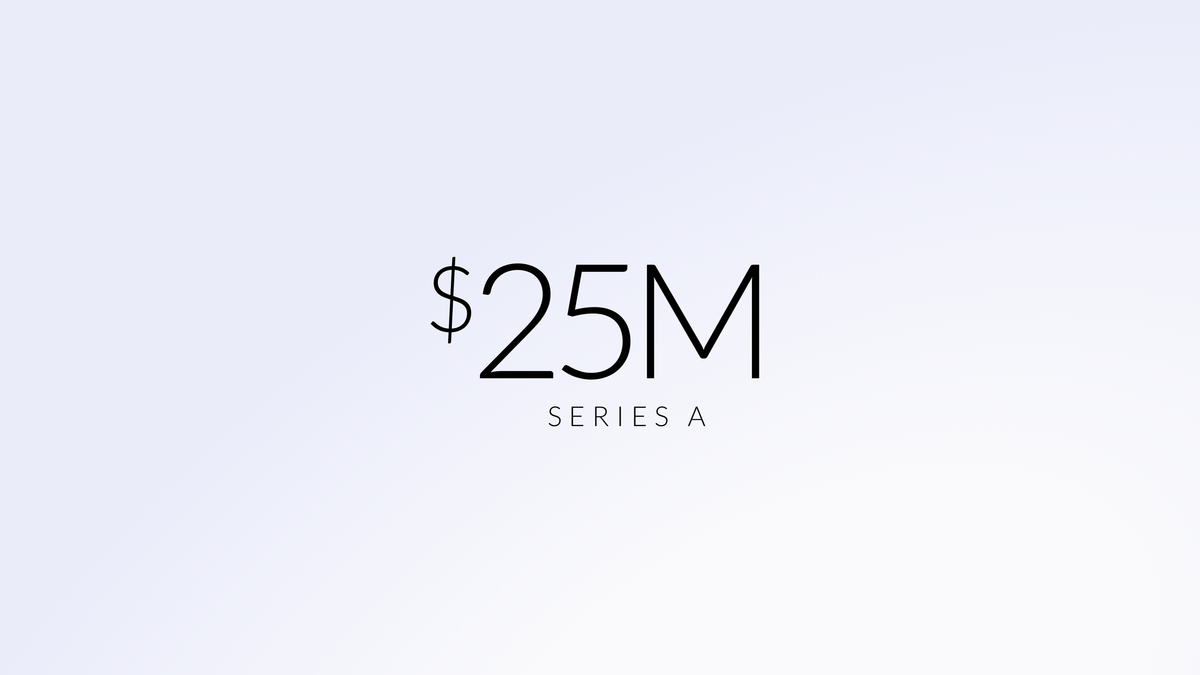
By July, zkVM 2.0 launched, delivering a 1,000-fold speedup over the original prototype. At 1,000 Hz, the zkVM could now support real-world programs, developer toolchains, and early workloads.
We also began to scale the team and adding world-class engineers, cryptographers, and systems designers.
In October, we launched Testnet 0, the first live version of the Nexus network. More than 100,000 users participated, building and verifying programs on zkVM infrastructure. The appetite for verifiable compute was clear — and global.
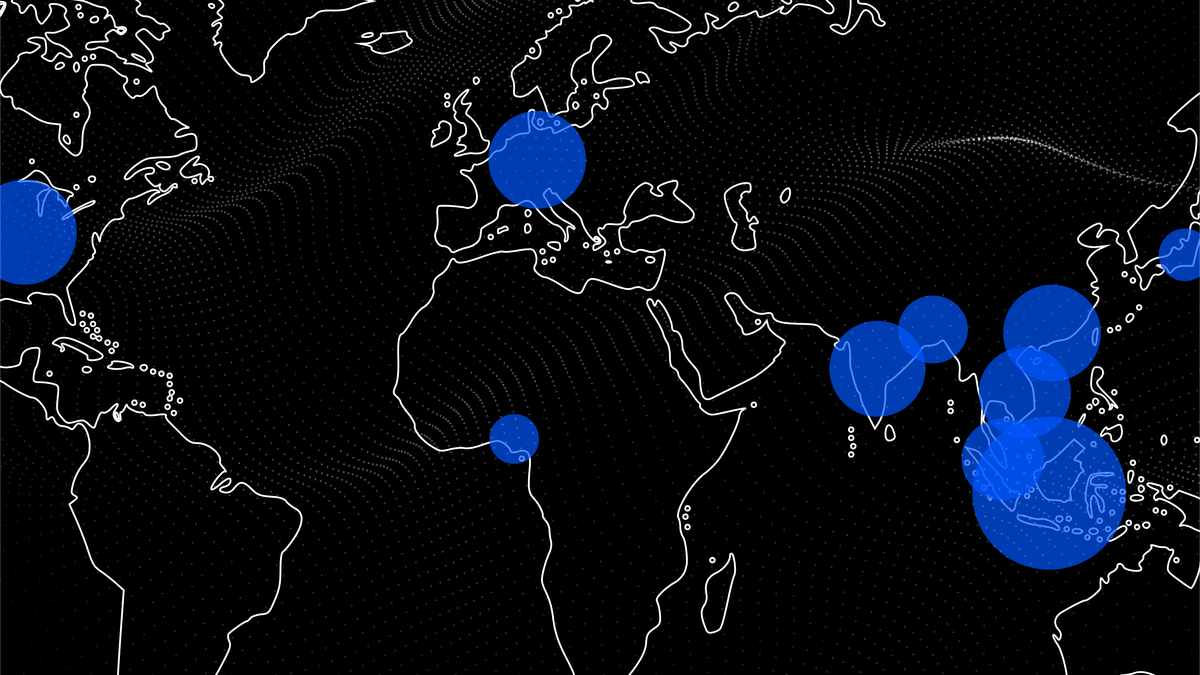
In December, two more milestones closed the year. First, we launched Testnet I, which reached over 750,000 users in a week.
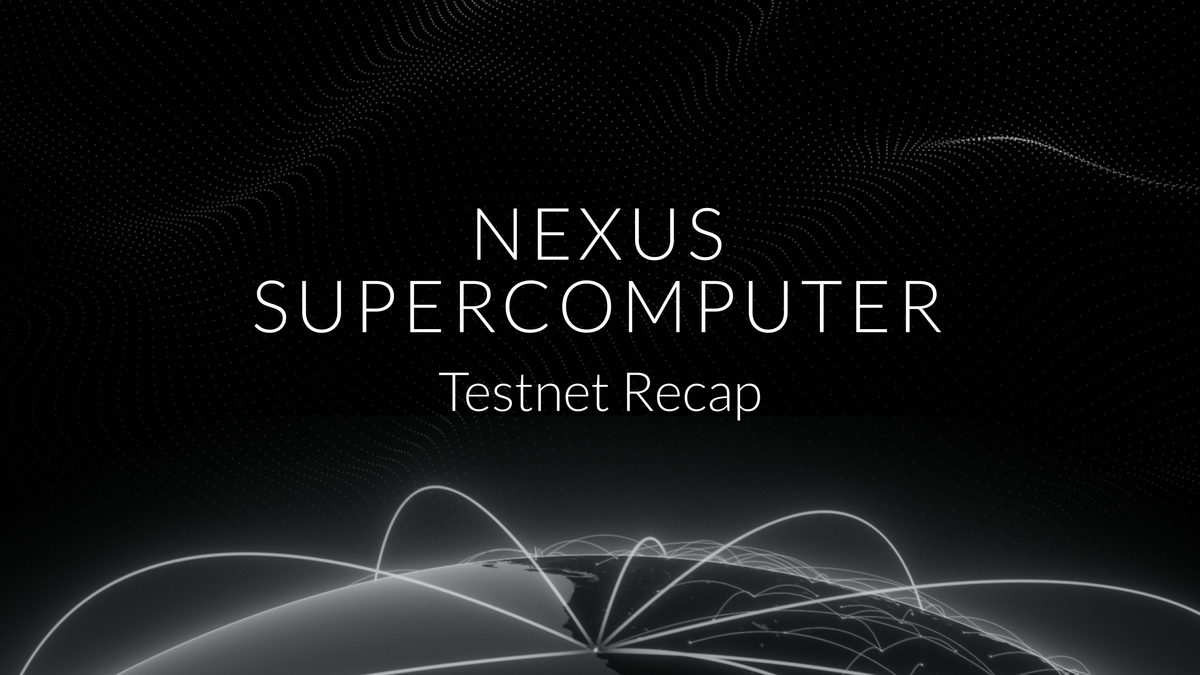
Second, Nexus Founder Daniel Marin was named to Forbes’ “30 Under 30” in the science category, a recognition of both the technical ambition and societal relevance of our mission.
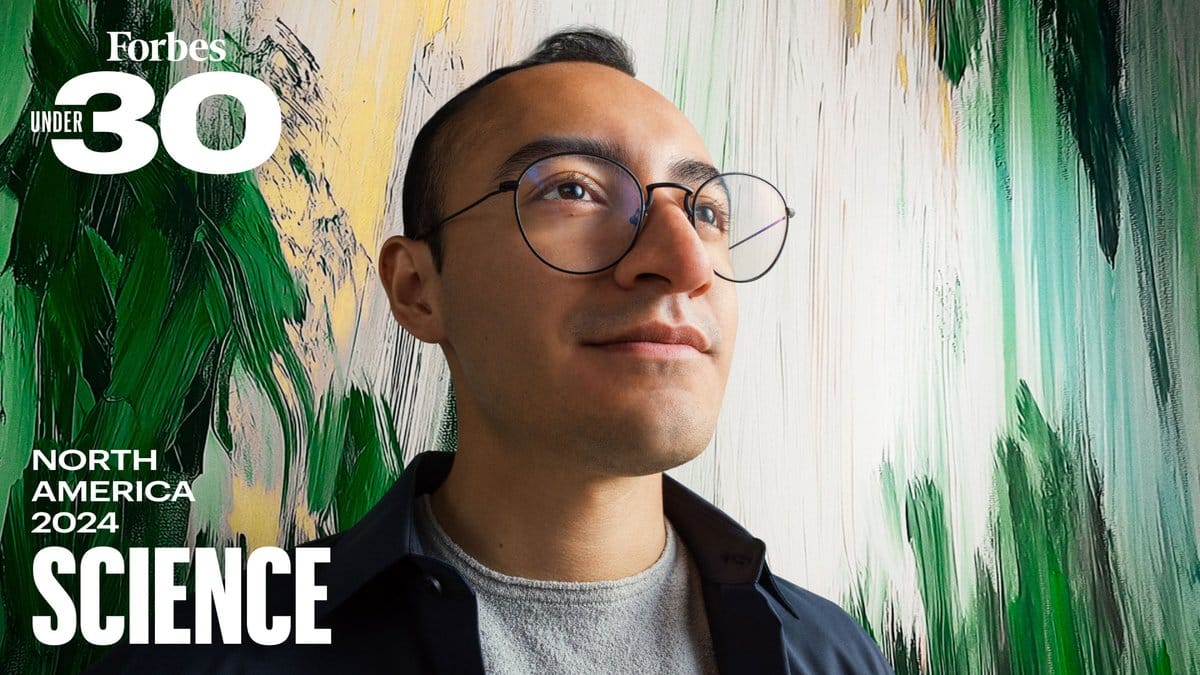
By early 2025, the Nexus network was entering a new phase of scale and maturity. In February, Testnet II launched and surpassed 2.1 million users worldwide.
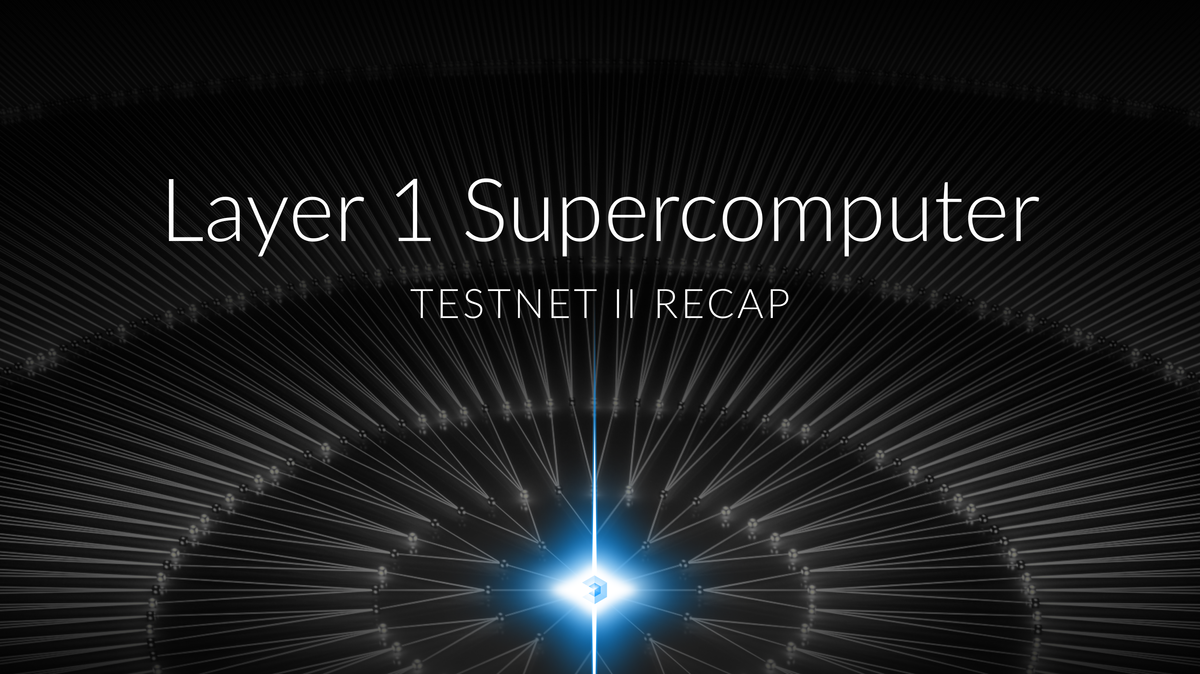
In March, we released zkVM 3.0, which achieved 10,000 Hz throughput — closing the performance gap with traditional computing systems while retaining the cryptographic guarantees that define verifiability.
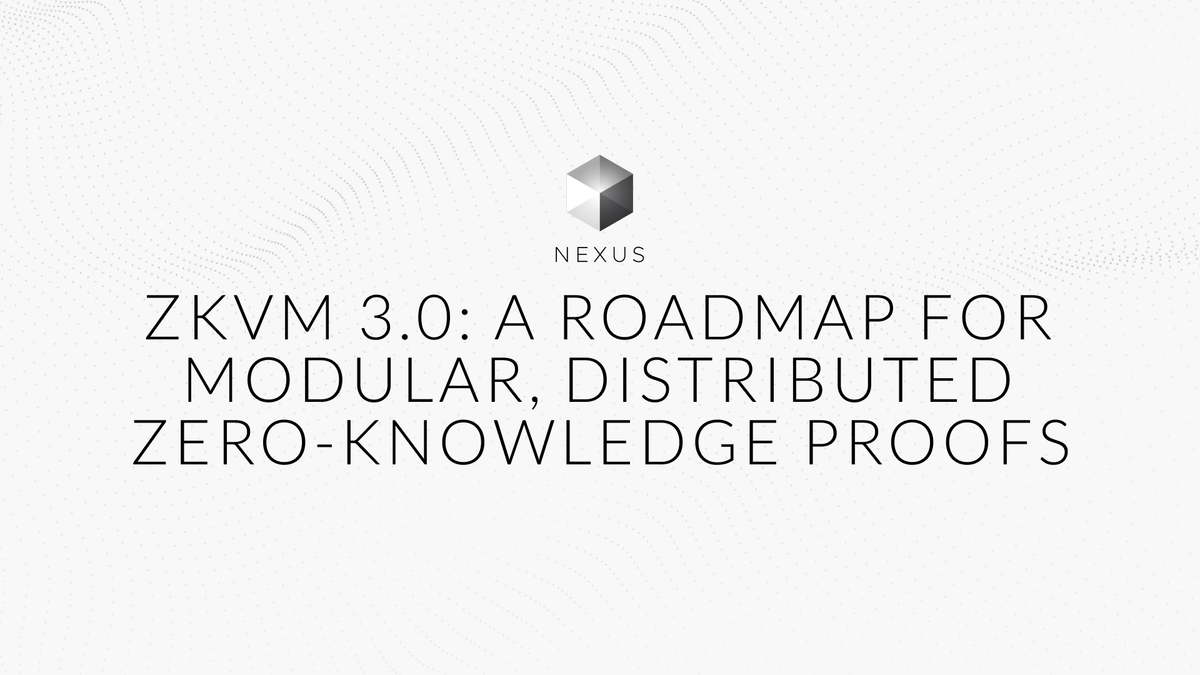
By April, the Nexus ecosystem had expanded to include 50 official partners, spanning AI research labs, decentralized finance, data science, and zero-trust systems. Each partner brought new use cases to the zkVM and tested the boundaries of what verifiable infrastructure could support.
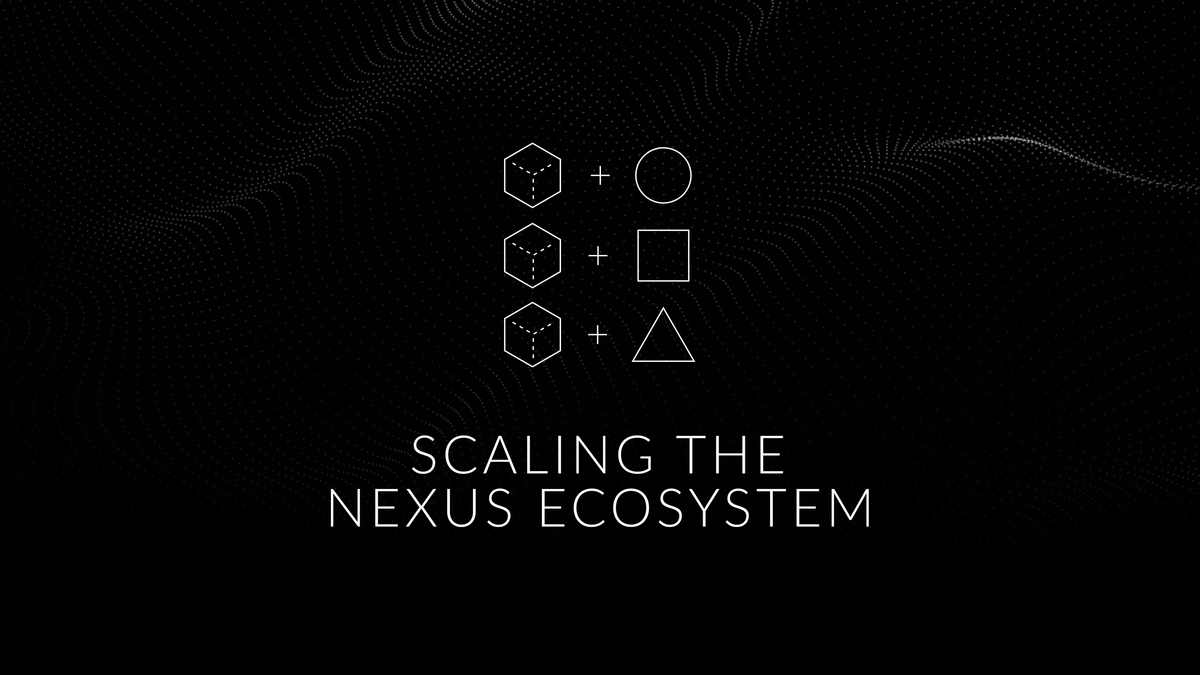
In May, we launched the Verifiable AI Lab, a new research division focused on applying zkVM to the growing class of machine learning workloads. In a world where AI outputs increasingly influence high-stakes decisions, verifiability is no longer optional — it’s foundational.
“AI systems must not only be powerful, but provable. The Verifiable AI Lab is our commitment to building models that earn trust, not just attention.”
— Jens Groth, Chief Scientist
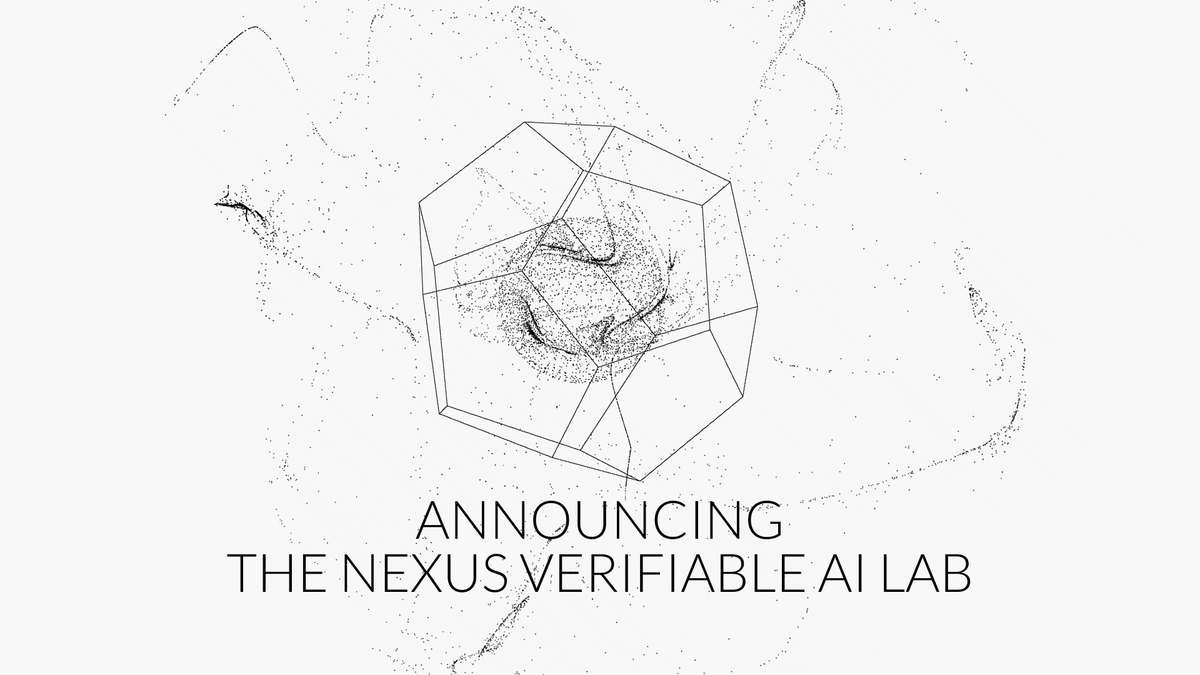
In June, Testnet III went live. With enhanced performance, developer ergonomics, and support for cross-domain proof systems, this testnet reflects the maturity of the platform and the readiness of the ecosystem.
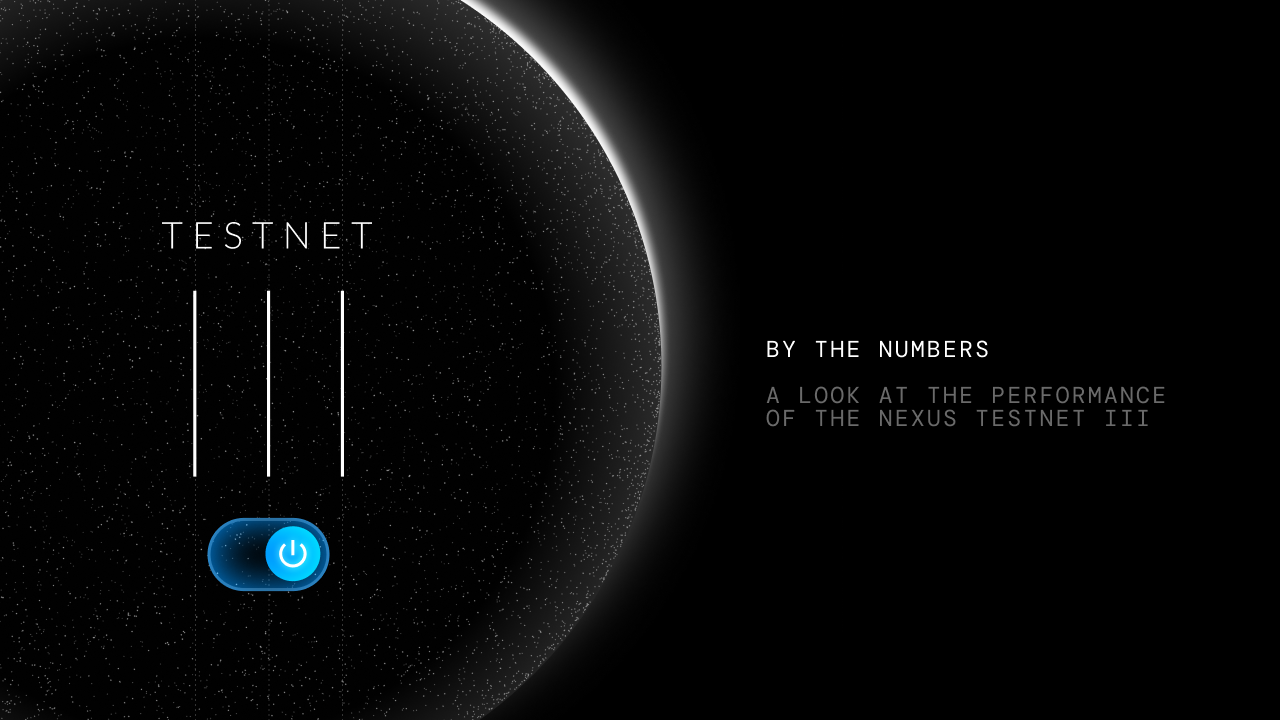
In under two years, we’ve gone from a 1 Hz prototype in a dorm room to a global zkVM with millions of users and thousands of verified computations per second.
We’ve built a new type of virtual machine, a growing set of developer tools, and an infrastructure network rooted in cryptographic truth.
Most importantly, we’ve seen a global community form around a shared belief: the future of the internet must be verifiable.
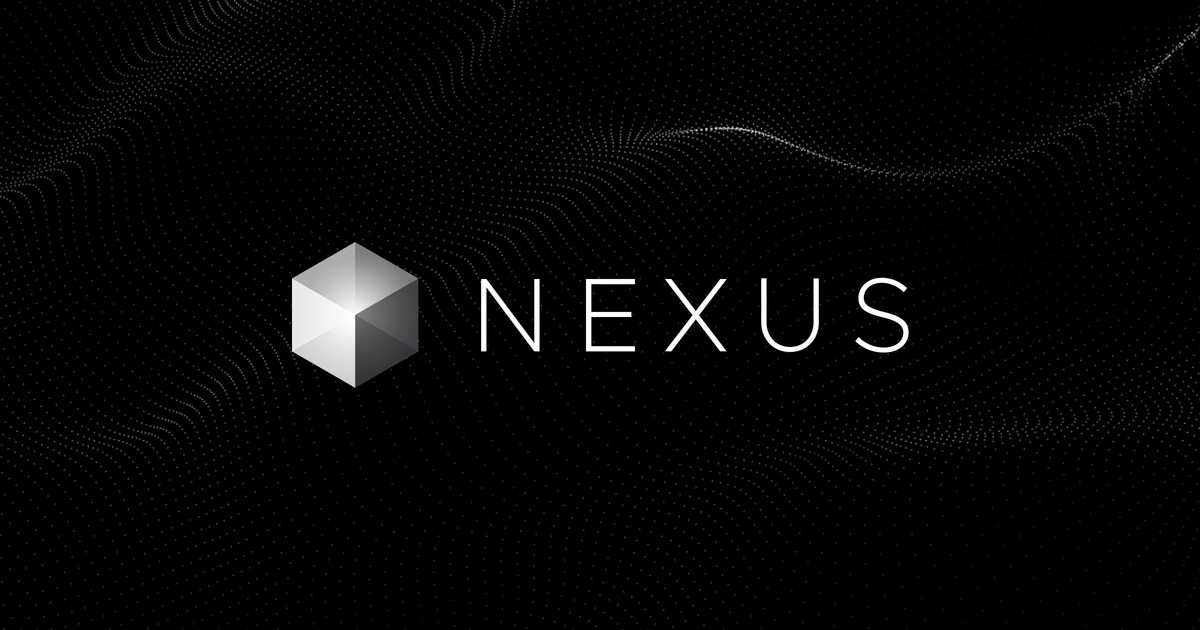
As we move forward, our focus remains the same — build the infrastructure for a more trustworthy, transparent, and resilient digital world.